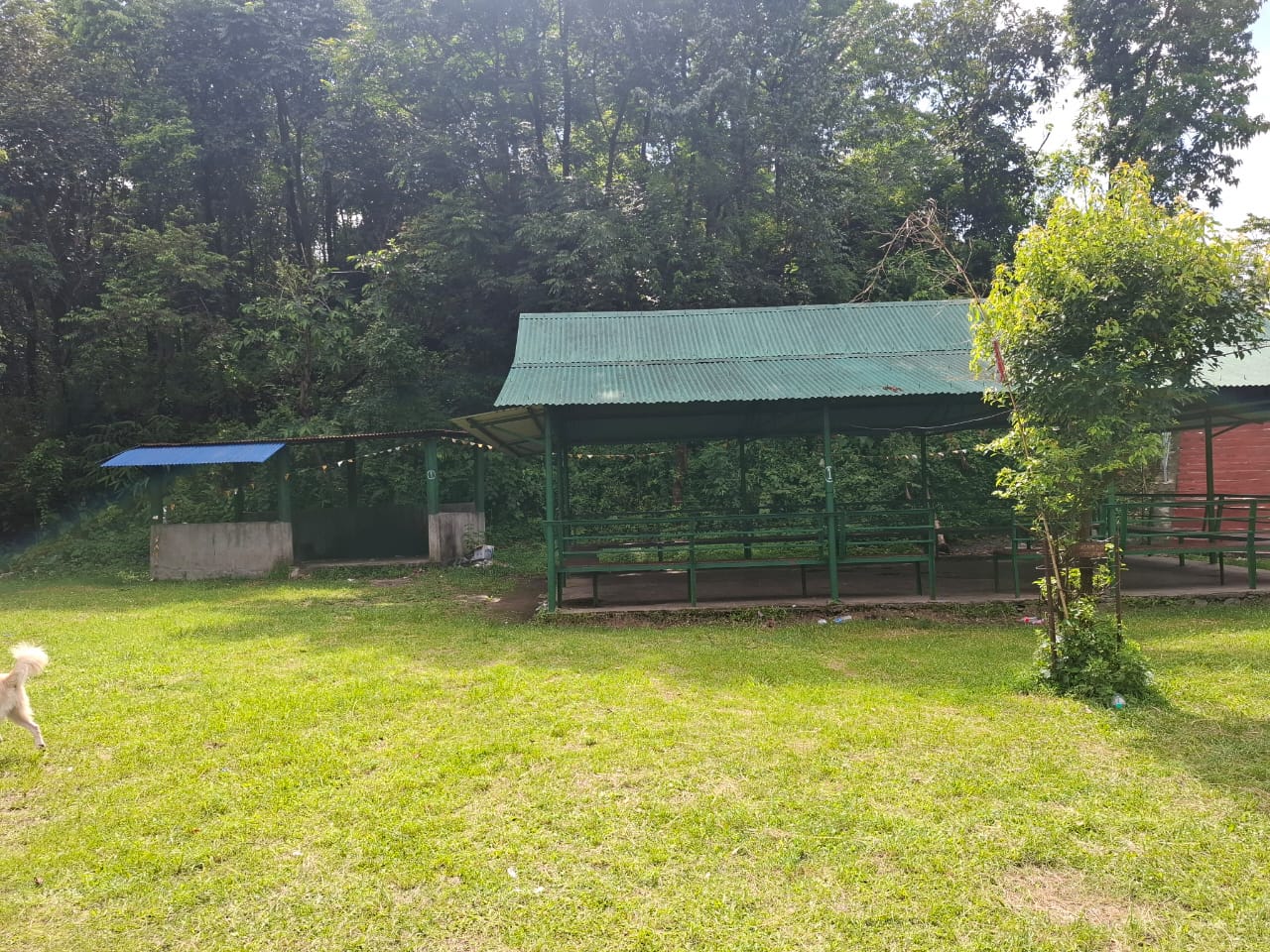
Living Heritage of Karki Danda
Karki Danda, nestled in the eastern part of Pokhara Metropolitan City in Kaski, is more than just a scenic hilltop — it's a blend of natural beauty, cultural richness, and historical depth.
Karkidanda is not just a place of scenic splendor—it also holds deep cultural and historical roots that trace back generations. Located within Pokhara Metropolitan City, this hilltop locality is home to families that have lived here for decades, preserving a unique cultural identity shaped by tradition, religion, and community bonds. Although relatively quiet and less studied than other heritage sites of Nepal, Karkidanda is a living repository of oral histories, local customs, and ancestral practices that form the heartbeat of its daily life. For those interested in the anthropology and folk heritage of Nepal, Karkidanda offers a rare opportunity to witness an authentic mountain community that thrives on values passed down over centuries.
The very name "Karkidanda" carries significance. “Karki” is a common Nepali surname, historically linked to the Khas-Arya community, while “Danda” means ridge or hill in Nepali. Oral accounts suggest that the area might have originally been inhabited or governed by families with the Karki surname, hence the name. Over time, the settlement grew to include families from other castes and ethnicities, including Gurung, Brahmin, and Dalit households, forming a multiethnic mosaic held together by shared experiences and localized rituals. This harmony among different social groups is one of the cultural strengths of Karkidanda, often reflected in the communal way of living—shared agricultural fields, water sources, and social gatherings.
Traditional festivals here are vibrant affairs that offer glimpses into the spiritual and communal life of the people. Dashain and Tihar, Nepal's most widely celebrated Hindu festivals, are observed with customary rituals, including tika, jamara, and deusi-bhailo programs that echo across the hills in the evenings. However, local variations exist. For instance, during Maghe Sankranti or Bhadra Purnima, Karkidanda’s residents conduct offerings to forest deities and ancestral spirits believed to protect the land and livestock. Temples may be few in number compared to urban areas, but sacred spots—such as tree shrines, stone mounds, or household altars—hold immense cultural value. Local priests or shamans, called "Jhankris," are still consulted in times of illness or spiritual imbalance, merging Ayurveda, animism, and ancestral wisdom into the health practices of the people.
Architecture in Karkidanda reflects the local climate and tradition. Homes are typically built with stone, clay, and wood, featuring slanted roofs to cope with monsoon rains and thick walls for insulation during winter. Many households still use mud-plastered floors and open courtyards for cooking and social interaction. These homes are not merely shelters but storytelling structures, with their designs speaking of old craftsmanship, resourcefulness, and harmony with nature. Some older houses, still standing strong, are over 80–100 years old and feature wooden carvings, smoke-blackened ceilings, and traditional grinding stones known as “jato.”
An important cultural practice still observed is Dharma Bhakari, or collective religious feasts, where members of the community come together for spiritual observances followed by food sharing. These events not only reinforce religious beliefs but also ensure social cohesion. Whether it's to celebrate a harvest, mourn a loss, or bless a new birth, the community acts as one, bound by a code of mutual respect and cooperation. Marriage rituals here are also unique, often involving multi-day processes with blessings from elders, spiritual rituals conducted by both Hindu priests and traditional faith healers, and the symbolic gifting of local produce like millet, ghee, and homemade raksi.
Education and storytelling traditions also form a core part of Karkidanda’s cultural fabric. Before modern schools arrived, elders taught the younger generation through folk tales, riddles, and local legends—many of which carried moral lessons, agricultural tips, or spiritual warnings. Children grew up learning to interpret natural signs: the chirping of a particular bird might signal rain; the movement of ants might indicate a good harvest season. While such wisdom may not be found in textbooks, it remains deeply rooted in the consciousness of the people.
Though modernity has brought mobile phones, social media, and new habits, Karkidanda has maintained a delicate balance between embracing change and preserving heritage. Youths return during festivals and holidays, ensuring continuity in tradition. Some families have even started documenting local customs, creating community archives in the form of photographs, handwritten notes, and recorded oral histories. This is crucial because, like many other hilltop communities in Nepal, Karkidanda faces the risk of cultural dilution due to outward migration and lack of formal recognition by heritage bodies.
Interestingly, Karkidanda has also served as a kind of unofficial spiritual retreat for outsiders—travelers, yoga instructors, writers, and seekers—who are drawn not only to the physical landscape but also to its calming, introspective atmosphere. The combination of nature and culture makes it an ideal place for soul-searching, journaling, or learning from local ways of life. The hills themselves are considered sacred by some locals, believed to house protective spirits that keep the community safe from natural calamities.
To walk through Karkidanda is to walk through layers of memory, folklore, ritual, and identity. Each household, each tree shrine, each ridge has a story to tell—of hardship, resilience, and quiet dignity. In a time when the world is racing toward modernization, places like Karkidanda remind us of the importance of roots—of knowing where we come from, what we believe in, and how we care for the land and each other. In preserving this cultural legacy, the people of Karkidanda are not resisting change—they’re enriching it with meaning.
